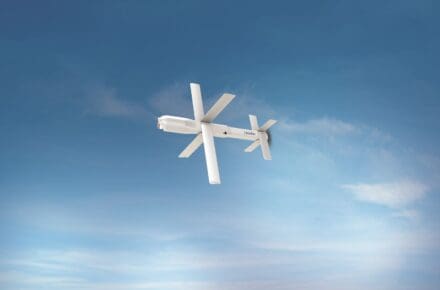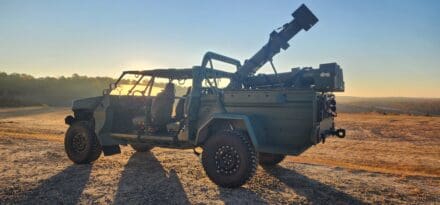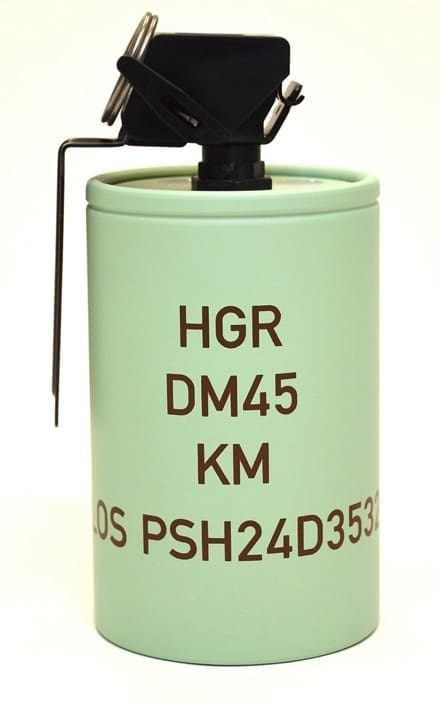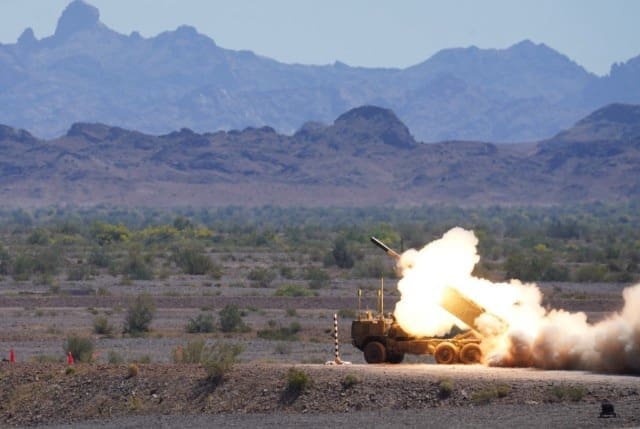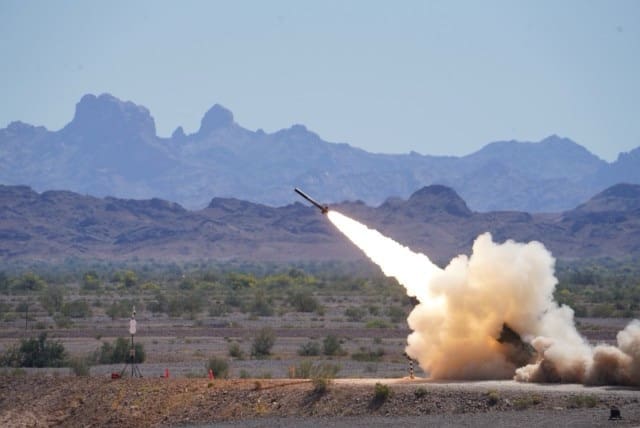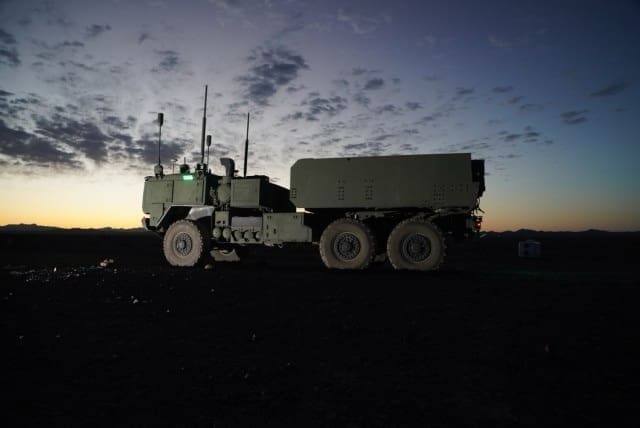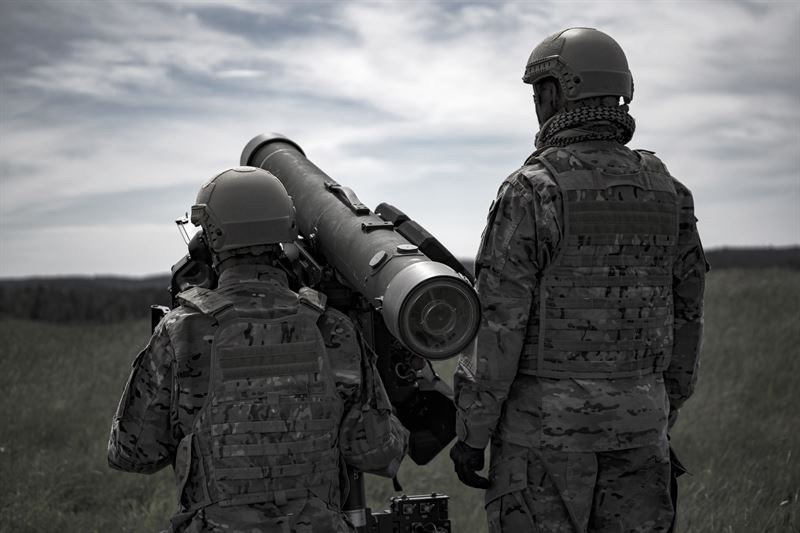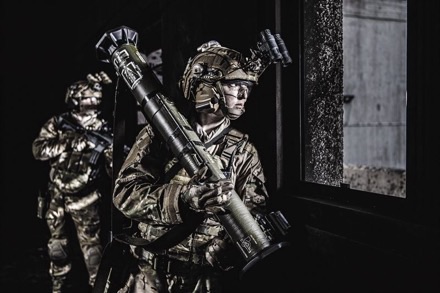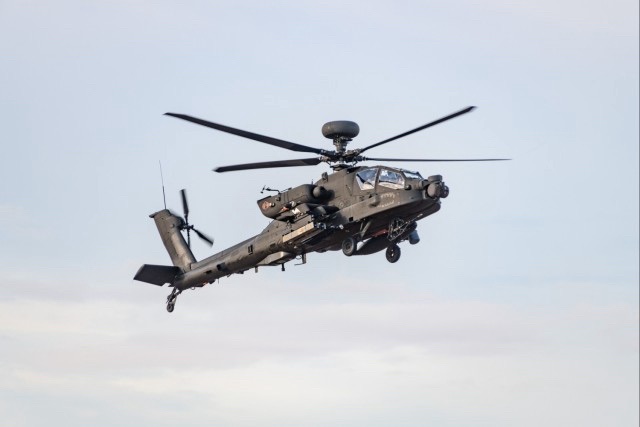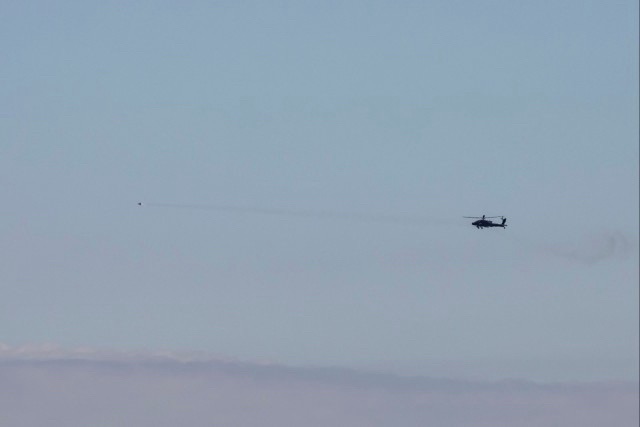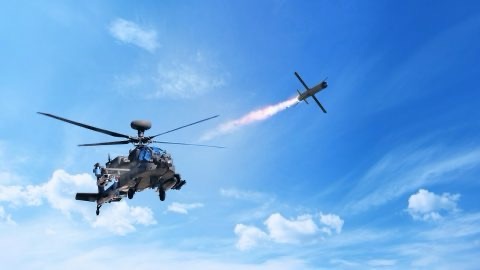
Paris/Taufkirchen (Germany), 10 June 2024 – One of HENSOLDT’s core competencies is the active and passive detection of threats and the protection of platforms and their users. At the EUROSATORY 2024 in Paris, HENSOLDT will present its wide range of sensor solutions for reconnaissance, surveillance and monitoring as well as sensors to improve security and operational effectiveness.
Visit HENSOLDT at the EUROSATORY 2024. We will welcome you at D89 in the static display area.
In Paris, HENSOLDT is presenting MUSS 2.0 (Multifunctional Self-Protection System), a further development in the field of vehicle-independent self-protection. The system represents the next generation of the existing MUSS, which has already been integrated into the PUMA infantry fighting vehicle more than 350 times. With MUSS 2.0, HENSOLDT now offers the latest generation of active protection systems (APS) for medium-weight armoured vehicles, self-propelled guns, artillery vehicles, infantry fighting vehicles and main battle tanks.
With TRML-4D, the latest member of its C-Band (NATO G-Band) ground-based air defence radar family, HENSOLDT is showing a state-of-the-art system regarding naval and ground tactical radars. TRML-4D uses the latest AESA (Active Electronically Scanned Array) radar technology, with multiple digitally formed beams. It is designed for near- to long-range ground-to-air detection and for weapon assignment. It is capable of detecting, tracking, and classifying various types of air targets, with an emphasis on small, fast, and low-flying and/or manoeuvring cruise missiles and aircraft as well as hovering helicopters. It ensures rapid response detection and tracking of approximately 1,500 targets in a radius of up to 250 km and at an altitude of up to 30 km.
At EUROSATORY, HENSOLDT will demonstrate ARGOSIA, which is a range of embedded SURMAR and ISR mission systems designed to meet the requirements of air surveillance and intelligence missions. Together with battle-proven sensors and equipment selected for their reliability and performances, ARGOSIA proposes many system configurations meeting the needs of defence, maritime and overland surveillance, law enforcement, Search & Rescue as well as IMINT and SIGINT missions. This modular and multi-console system consists of the Mission Management System software ARGOSIA, which integrates an advanced digital cartography engine, a sensor-fusion algorithm and powerful decision-support tools that help optimize operator workload.
With the “Airborne Missile Protection System” AMPS, HENSOLDT is presenting a flexible sensor suite for the self-protection of helicopters and aeroplanes. AMPS is capable of combining different types of warning sensors, countermeasures and other avionics equipment to protect the platform and its crew from a variety of threats, such as infrared, laser and radar-guided surface-to-air and air-to-air missiles.



